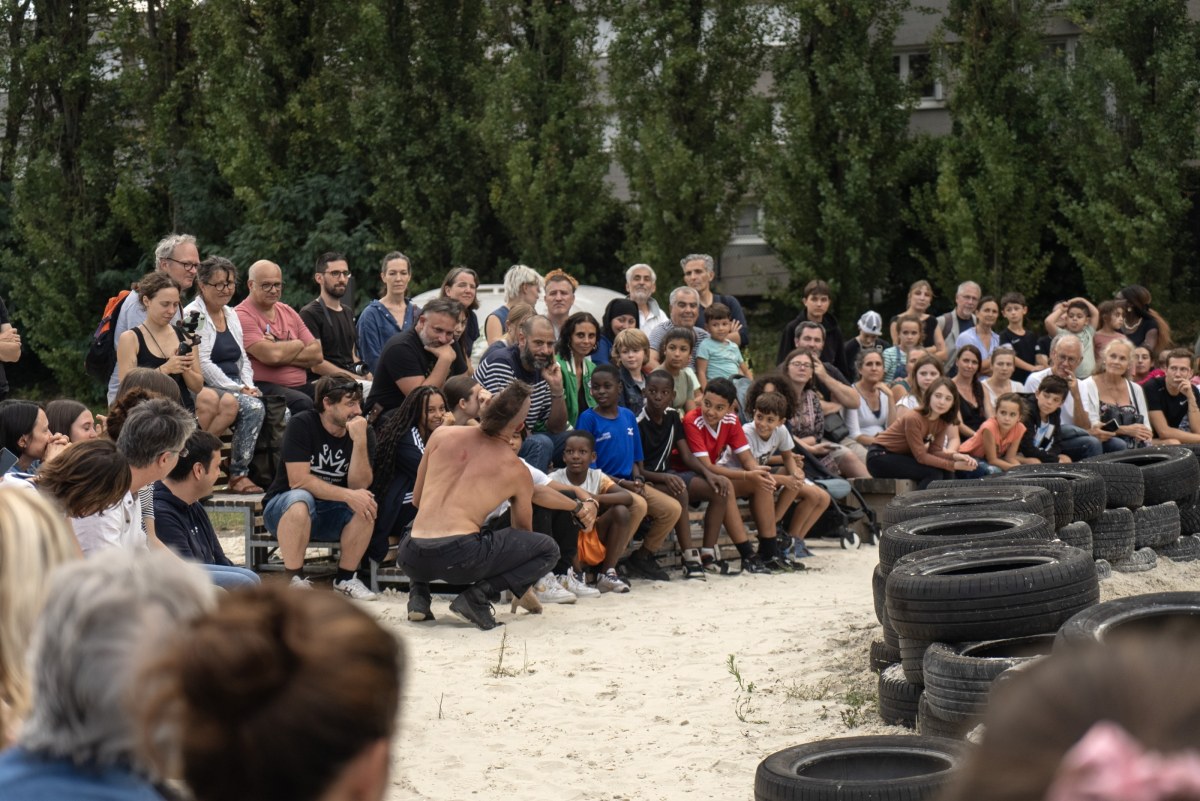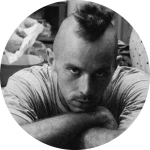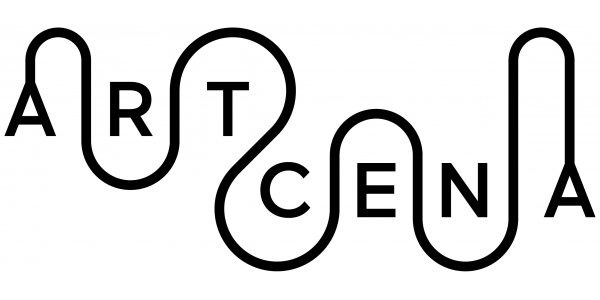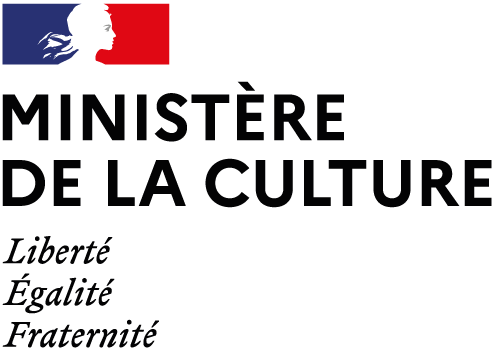INTERVIEW WITH MATHIAS LYON
As a refresher leading to FRESH STREET #5 between May 28-30, 2025, (re)discover one article a month written from the FRESH 2023 - Reflections around care, safety, and sustainability here.
This time, delve into the world of Mathias Lyon, a dancer and rider of American and Cherokee descent, whose journey blends hip-hop, tribal traditions, and a deep connection with horses.

How did the process of creating Seul duel begin? How did the show evolve as you developed it? What decisions guided this change?
It’s a show that’s been growing inside me for a long time. Its origins lie in a series of photos taken by Martha Camarillo in the Fletcher Street area of Philadelphia. They show people from urban culture owning horses and riding them in the street. Then, I discovered the sedentary gypsies of Dublin who race horses on the city’s ring road, and finally it took me back to the Amerindians who live in a contemporary, urban world, but are attached to a spirituality linked to other animals. It was seeing this very aesthetic contrast between animality and urbanism that made me realise that my practices, horse-riding and hip-hop, could mix. Little by little, this research became closer to my identity. I started working on quadrupedalism, trying to move in the same way as a horse on all fours. This work profoundly modified my body and gave me a multitude of movements and intentions that became half-man/ half-animal characters with whom I play. The discovery of my body went through the discovery of the horse’s body. When I was a teenager, it was by riding a horse that I came to see the world differently. On horseback, you have a very powerful body, bigger, heavier and faster, but you can only access this body if you have this complex touch, capable of both authority and listening. It was the discovery of this sensitivity that made me dance, and it’s almost from this point that the creation of this show began. In the end, what created this show was the encounter with this other animal body and the discovery that the culture of the horse and that of hip hop could share a common imagination. Once this aesthetic and these characters existed, I met Julien Defaye, an actor and visual artist, and it was in conversation with him that we came up with an object that is now called Seul Duel. They made me discover how much we have in common with other animals, but also, of course, they made me discover extreme difference, which is very painful. Through animals, I discovered the complexity of relationships with others, made up of extreme sensitivity as well as extreme violence. It’s not for nothing that the word “encounter” can be used as much in the context of love as it is for a rugby match.
You specialise in hip-hop and acrobatics. What attracted you to these two disciplines in particular?
I can talk about that in retrospect, but at the time I started these practices I had no idea. What I do is Mathias Lyon, who was born in the Paris region but is of American and Cherokee (Native American) descent, develops his imagination from these cultures. When he comes into contact with horses, his inspirations become palpable. Access to this sensory world has led him to dance, hip hop to be precise, a dance and culture that reconnects with tribal traditions. Through these practices he explores a hybrid state, between animality and metamorphosis. At the age of seventeen, he joined the Zingaro company as a rider and dancer, and stayed for ten years. Today, his practice is the sum of all these experiences. FRESH 2023: REFLECTIONS AROUND CARE, SAFETY AND SUSTAINABILITY 25 dance and horse-riding, but I don’t feel like an acrobat at all. My father has Amerindian origins, and he tried to pass on this culture to my brother and me when we were living in the Paris suburbs. What he managed to give us was an imagination and the practice of horseriding. For me, horse-riding has always been linked to a spirituality linked to other animals. In the urban world, hip hop is the new tribal dance. It’s the mixture of all these cultures that have come together in the city and created this way of dancing and transforming oneself. And then there’s a very strong community aspect to hip hop that brings to mind this notion of tribes. Dance gave me the impression of being able to change the material of my body, to metamorphose, and therefore to show the difference within myself. To be able to show my hybridity.
To what extent do your Cherokee origins influence the content of your work? To what extent has your identity influenced Seul Duel?
Mind you, I don’t have much Cherokee heritage. My father is originally from Tennessee and has part of his family Cherokee, but this culture has influenced him a lot, and he wanted to give it to us. He likes to play with reality himself, and that created an imagination in me that came up against my reality as a city kid. It’s this confrontation that has created my artistic identity. This show will draw on a lot of things in me, but who I am is not limited to this show. I still have many other things to explore. Identity and creativity are two sides of the same coin.
What role did the Le Plus Petit Cirque du Monde (PPCM) play in the development of your performance?
It happened in two stages. The first was in 2022, when I set up on what was a wasteland before becoming the future lycée in Bagneux 1 . It’s a place I really enjoyed working in because it brings together a lot of things from my imagination. We’re surrounded by tower blocks, but the land is half-eaten by flora and fauna, there’s a kestrel nesting there and there are even burrows. It was the first time I’d shown my work, and it was great to be able to show what I was looking for, but it also made me realise how difficult it is to work alone with a horse. The following year I came back accompanied by Julien Defaye, who now takes part in the show, both on stage, as stage manager and in the artistic vision of the show. It was a very important moment for us. We’d already performed the show in Nexon, France, for the Multi-Pistes festival, and on the strength of that experience we were able to work for a fortnight in the field to take the show even further, both in terms of set design and sound creation and in terms of the show itself. We wanted to turn it into a truly contemporary ceremony. Given that the installation of the horse at the venue meant that we had to arrive before the show, we wanted it to be an event for the local residents, with performances and social events preceding the performance that would allow us to turn our show into a moment of conviviality. In fact, what a ritual ceremony has as its primary vocation: a popular celebration.
How has working with non-human collaborators broadened your practice of taking nature into account in all its forms?
I started riding with my father, who was hoping to help me understand nature differently through horses. In fact, I’d say that working with non-human animals has given me a different understanding of my environment, but not necessarily of nature, which is a complicated concept at the moment. What they have given me is an imagination and a spirituality. For a long time my environment has been the urban world, seeing that there’s animality in the city, that’s the first thing that made my dreams come true.
1 Le Plus Petit Cirque du Monde is involved in the debate about the city of the future, and is committed to “Le Lycée avant le Lycée”, a transitional urban planning project co-sponsored with the town of Bagneux and La Preuve par 7 (a project initiated by Patrick Bouchain).

Mathias Lyon, who was born in the Paris region but is of American and Cherokee (Native American) descent, develops his imagination from these cultures. When he comes into contact with horses, his inspirations become palpable. Access to this sensory world has led him to dance, hip hop to be precise, a dance and culture that reconnects with tribal traditions. Through these practices he explores a hybrid state, between animality and metamorphosis. At the age of seventeen, he joined the Zingaro company as a rider and dancer, and stayed for ten years. Today, his practice is the sum of all these experiences.






écrivez-nous : infocircostrada@artcena.fr